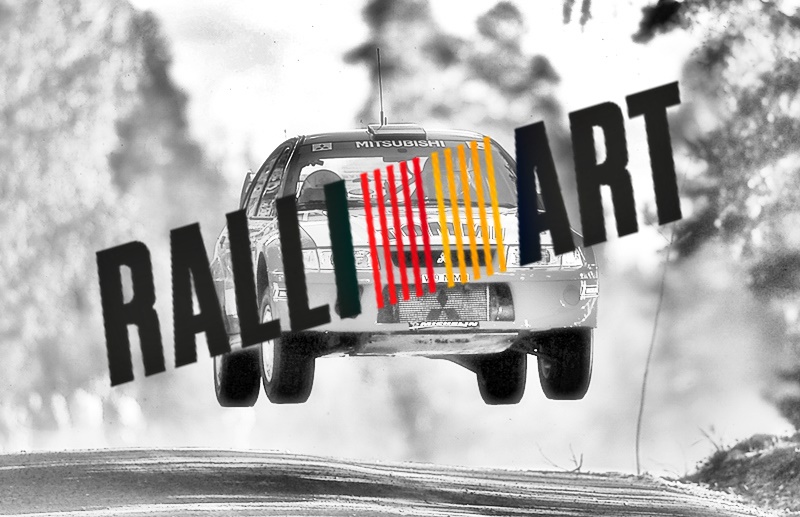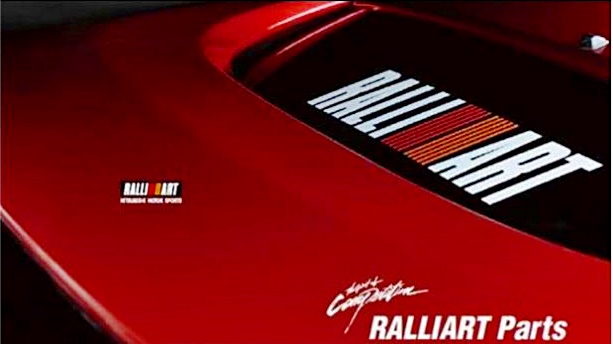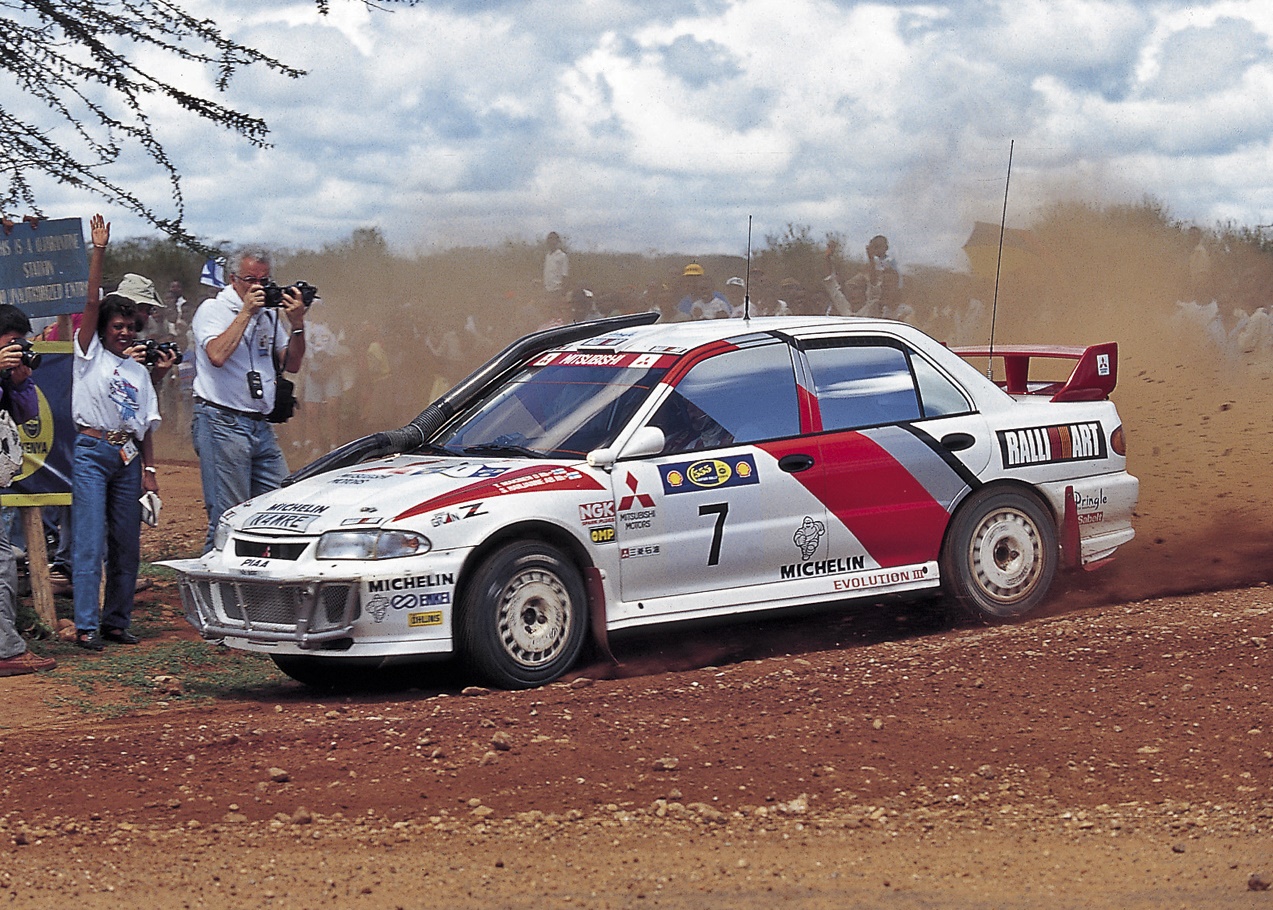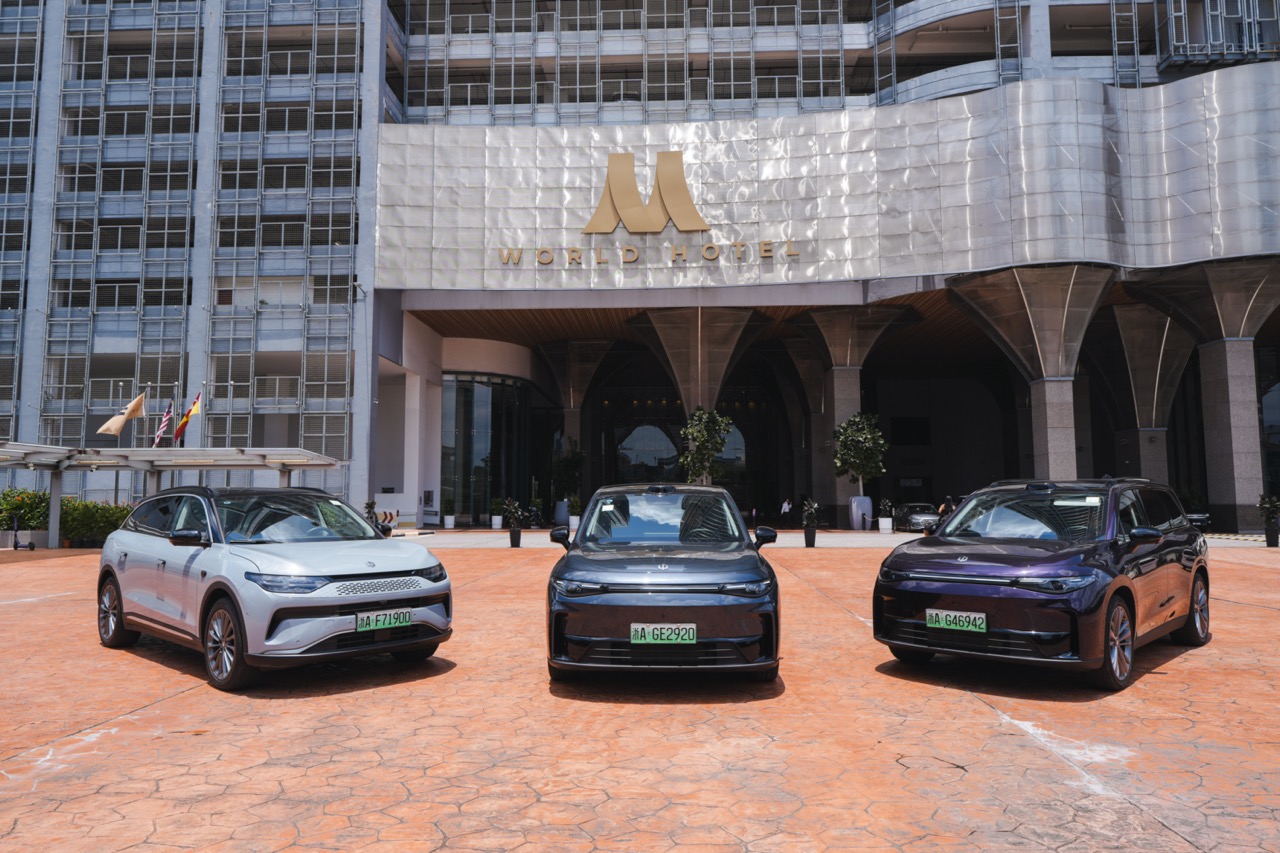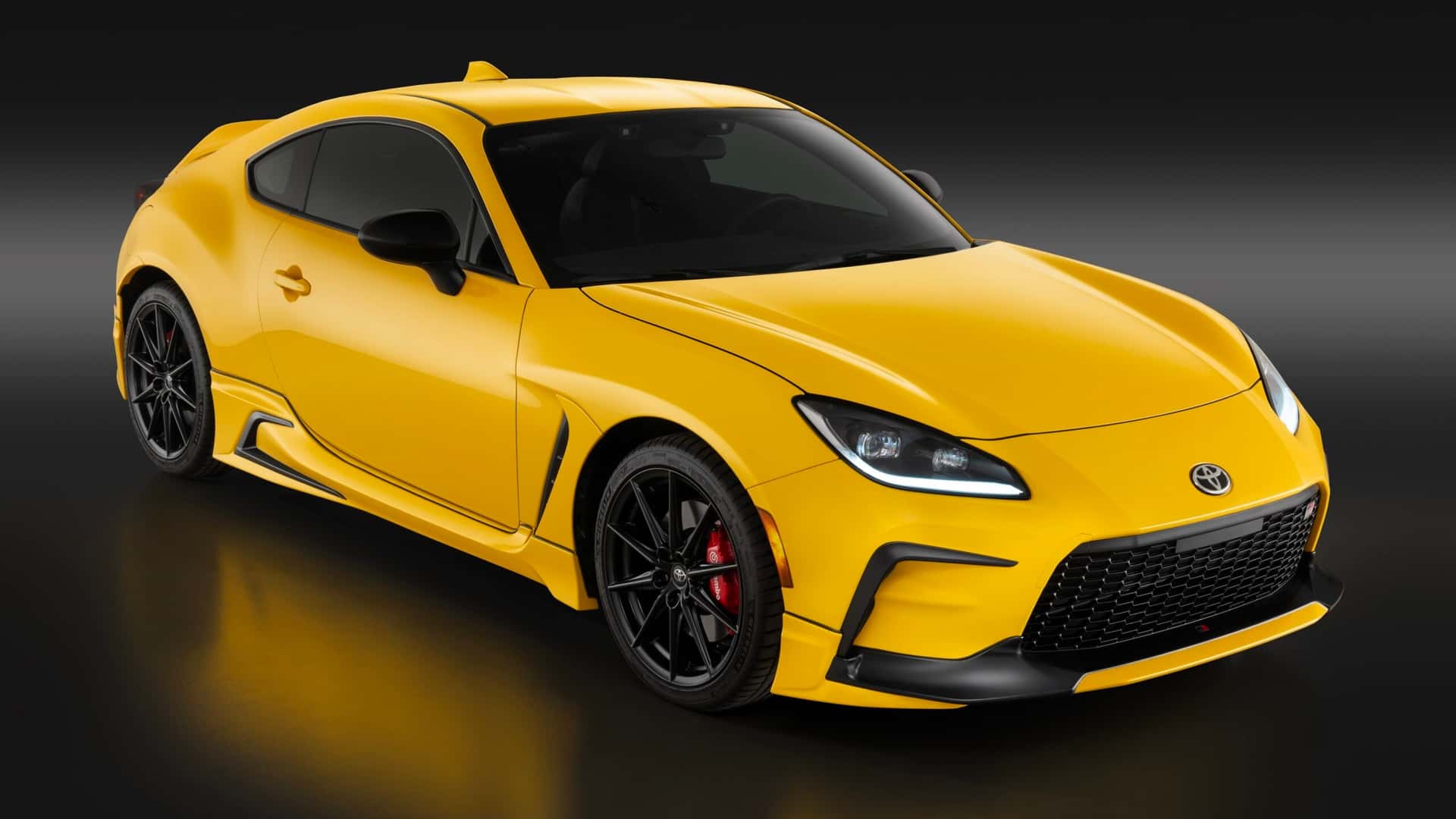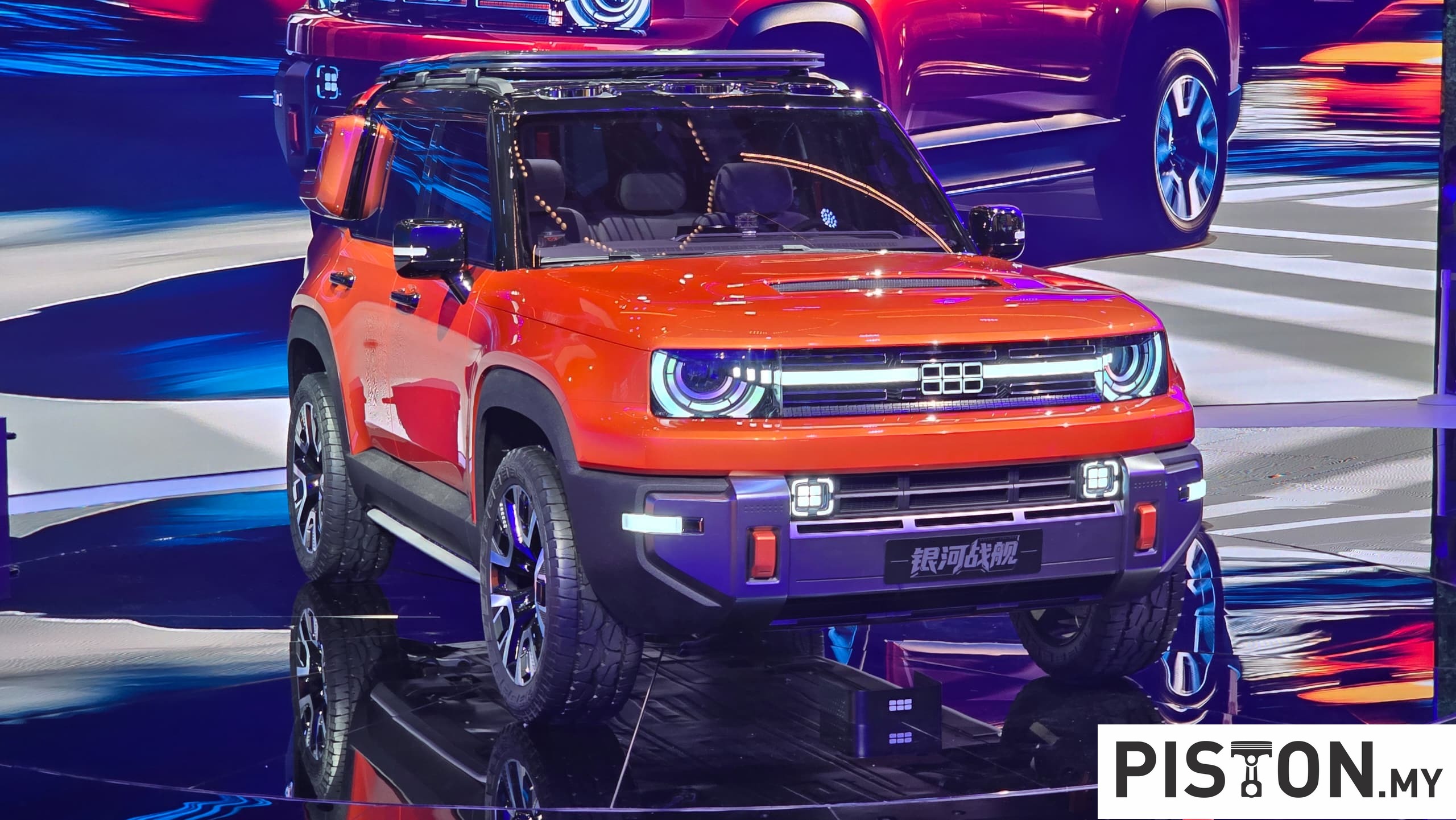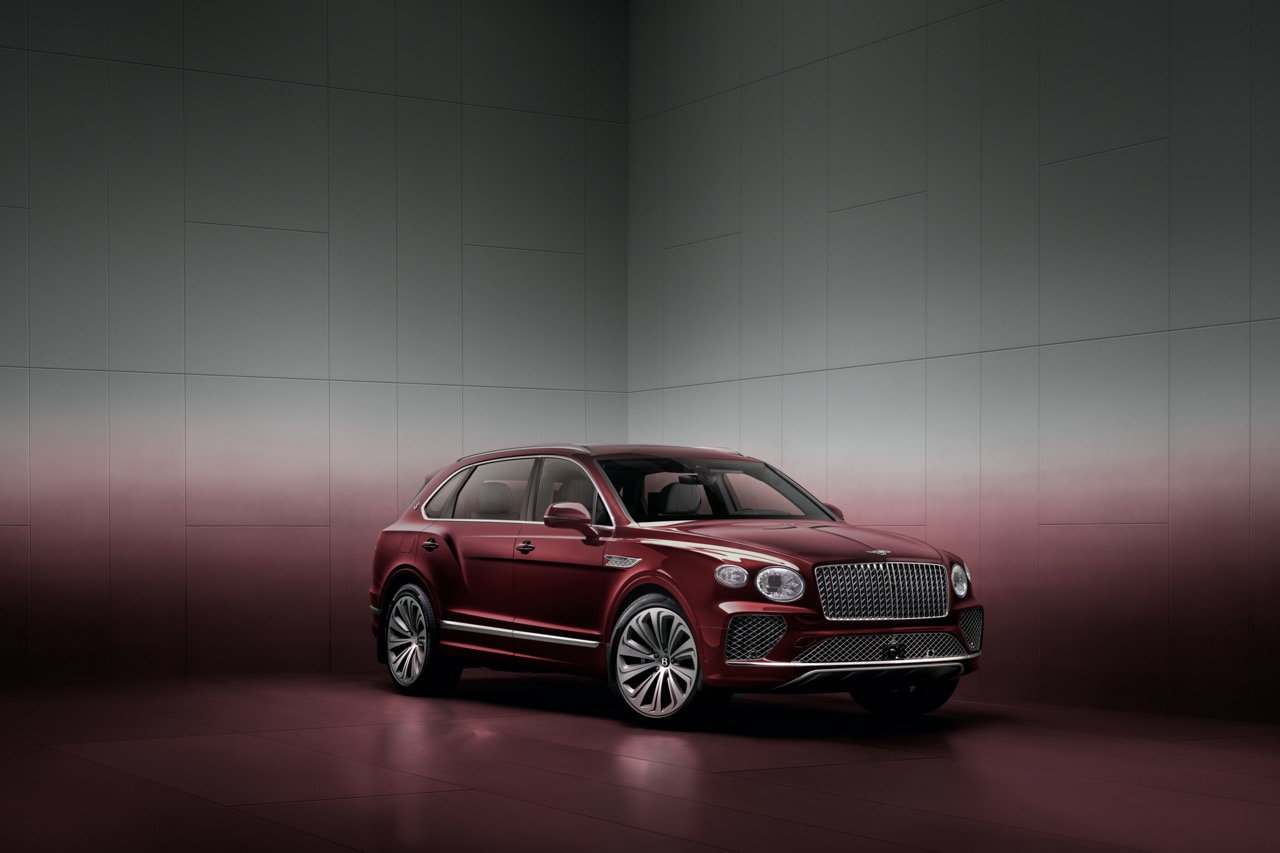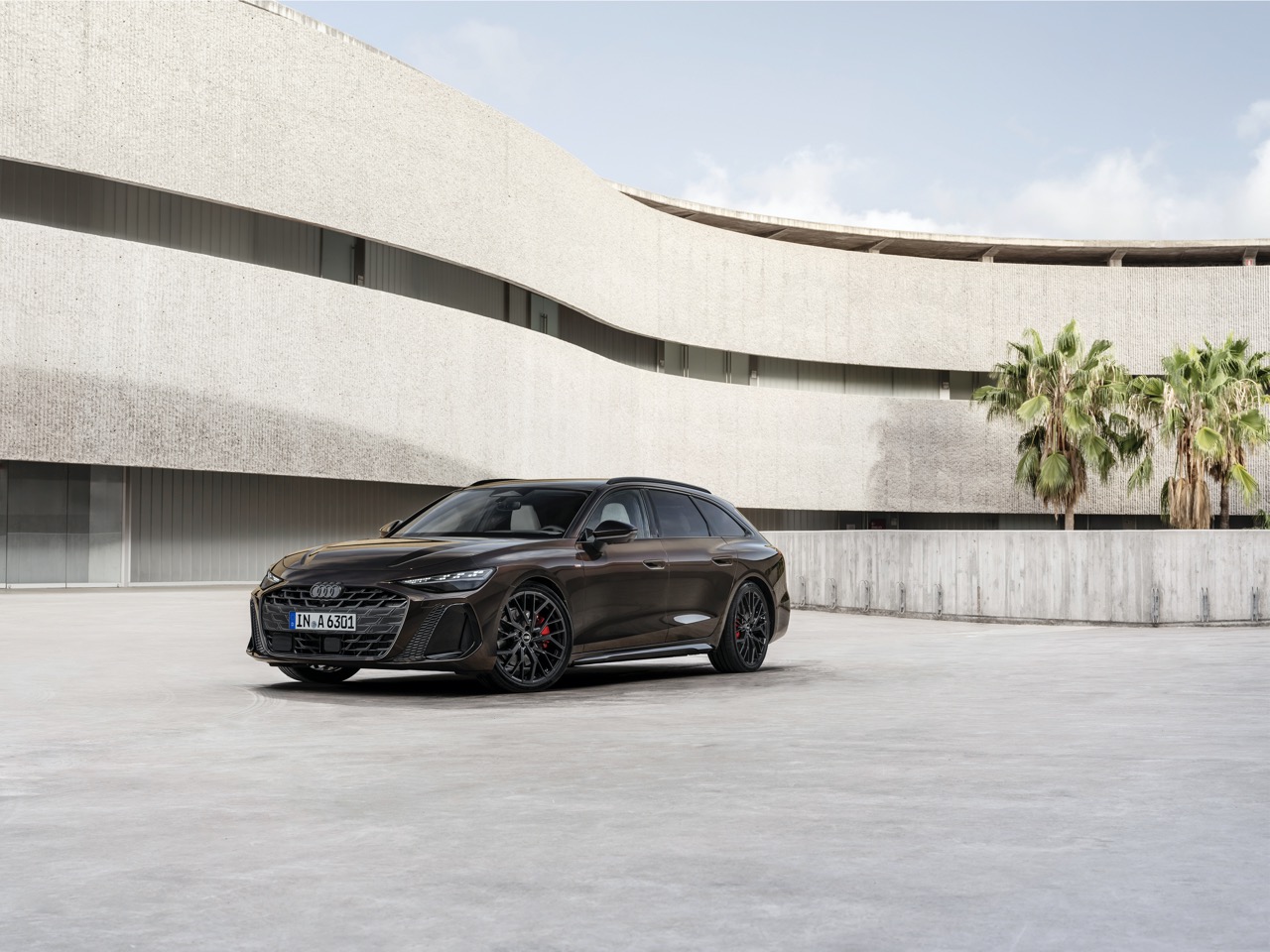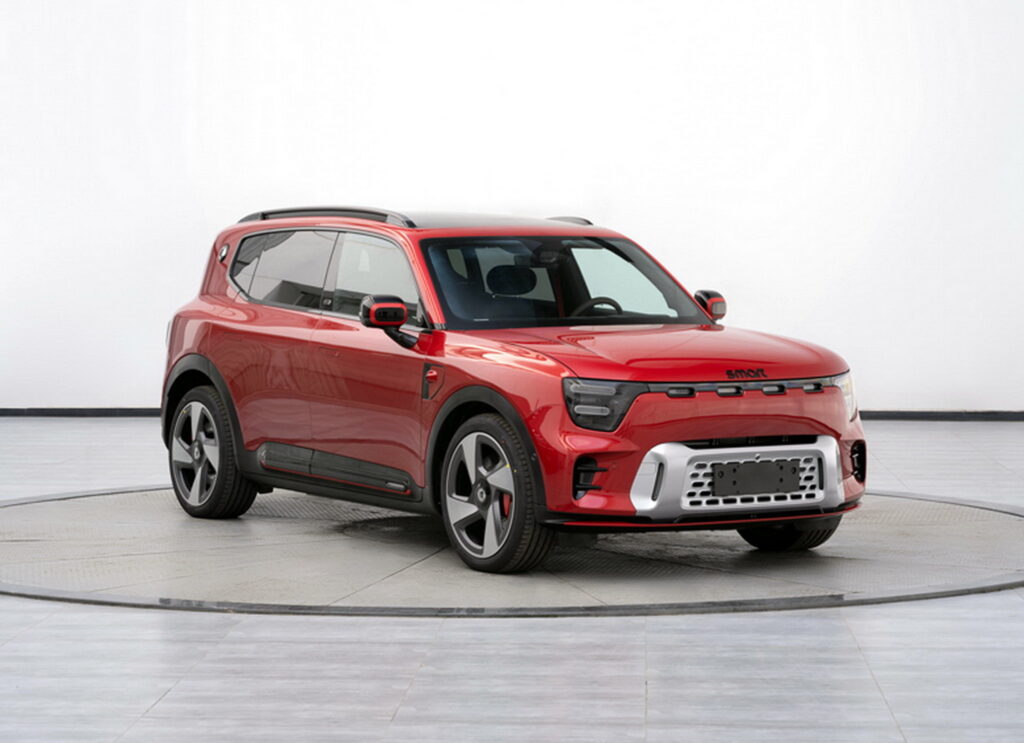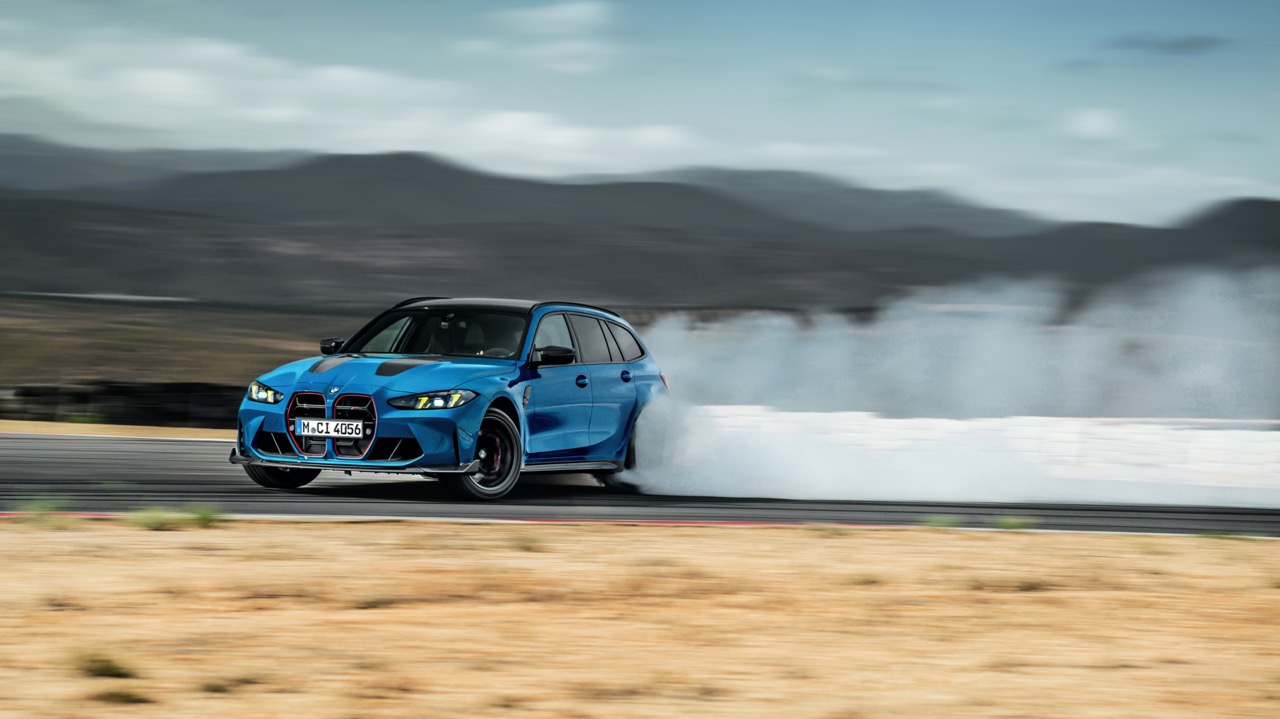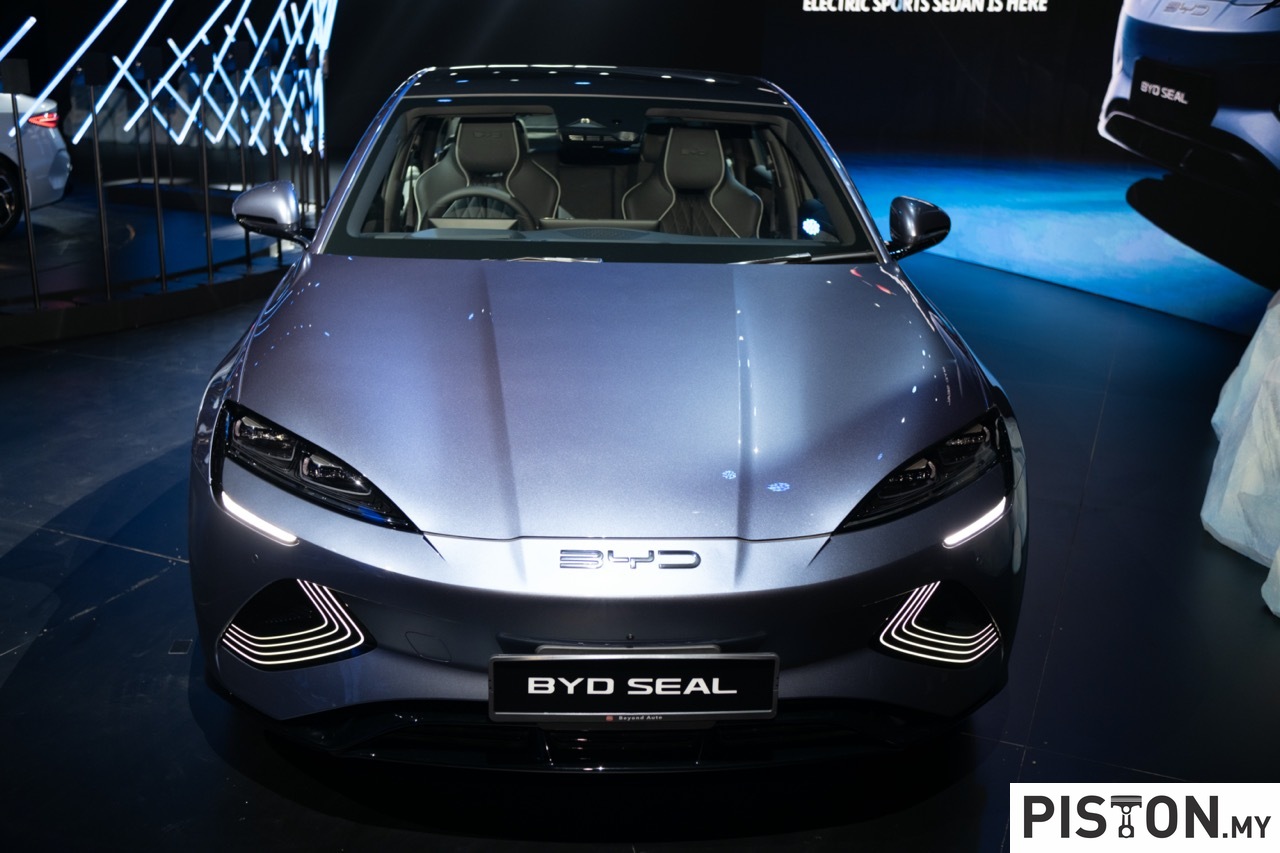Mitsubishi fans around the world are buzzing with excitement as news of the return of the Ralliart performance brand of Mitsubishi Motors Corporation (MMC) will be making a return. This is based on a single slide shown with the presentation of the FY2020 Financial Results that MMC made public. No details are shown at all other than one image of a Triton kicking up dust and the other showing the Ralliart logo and wording which says ‘Ralliart Parts’.
So we don’t know what exactly MMC has in mind with this revival and how Ralliart will be used. Other carmakers have invested more in performance sub-brands in recent times – eg Toyota with GR, Hyundai with Hyundai N and of course, Mercedes with Mercedes-AMG and BMW with BMW M. These brands have been used for high-performance products with the division upgrading performance of some models as well as providing accessories.
MMC may well be thinking of the same thing, especially since Ralliart is still a strong brand and although its activities were scaled down considerably 11 years ago, there were some licensees outside Japan that continued to sell Ralliart items.
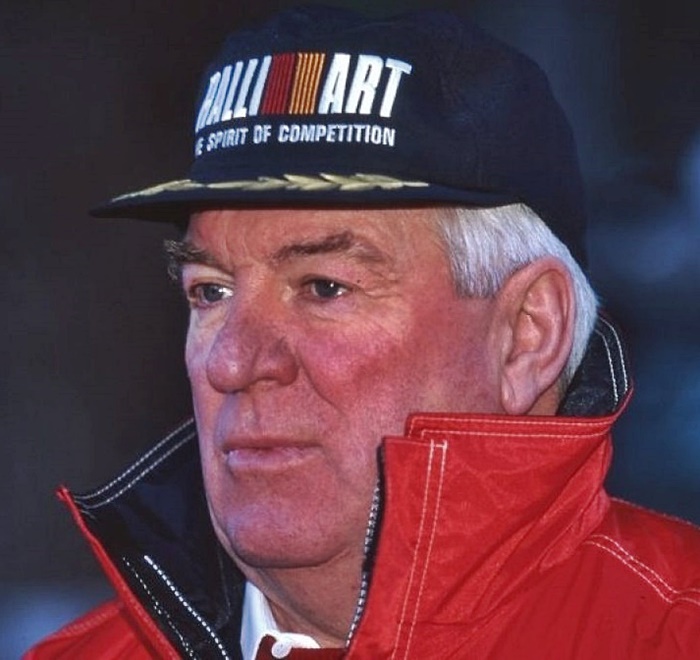
The story of Ralliart did not actually start in MMC but in Europe. In the 1970s, Andrew Cowan, who drove Mitsubishi cars in many rallies (as well as cars of other brands) worked closely with the factory. The close relationship and his successes saw the establishment of the predecessor of the Ralliart organization in 1983. It was then known as Andrew Cowan Motor Sports (ACMS) and it provided services for MMC’s motorsports activities, especially in the World Rally Championship as well as the Dakar Rally.
Cowan (who passed away in 2019) also drove although as time went on, he spent more time managing the organization and providing his experience in vehicle preparation. It’s not clear when the Ralliart name started to appear although it was on Mitsubishi vehicles that participated in the early years of the Paris-Dakar Rally.
During the era of the Group B super rallycars, ACMS was responsible for developing a prototype Starion with 4-wheel drive (it entered a round of the Rally of Malaysia) and later on, operating under the name of ‘Mitsubishi Ralliart Europe’, it was responsible for the World Rally Championship (WRC) cars of drivers like Tommi Makinen.
By the 1990s, the Ralliart name was strongly associated with Mitsubishi Motors and appeared on rallycars in international events. MMC made the decision in 2002 to acquire ACMS and make it a subsidiary of the company to be directly involved in motorsports and related businesses.
Unfortunately, MMC went through difficult times in later years and had to reorganize itself, which led to the Ralliart division having to cease its operations. Though it did not promote the brand anymore, the Ralliart name continued to be seen as it had always been associated with a performance image.
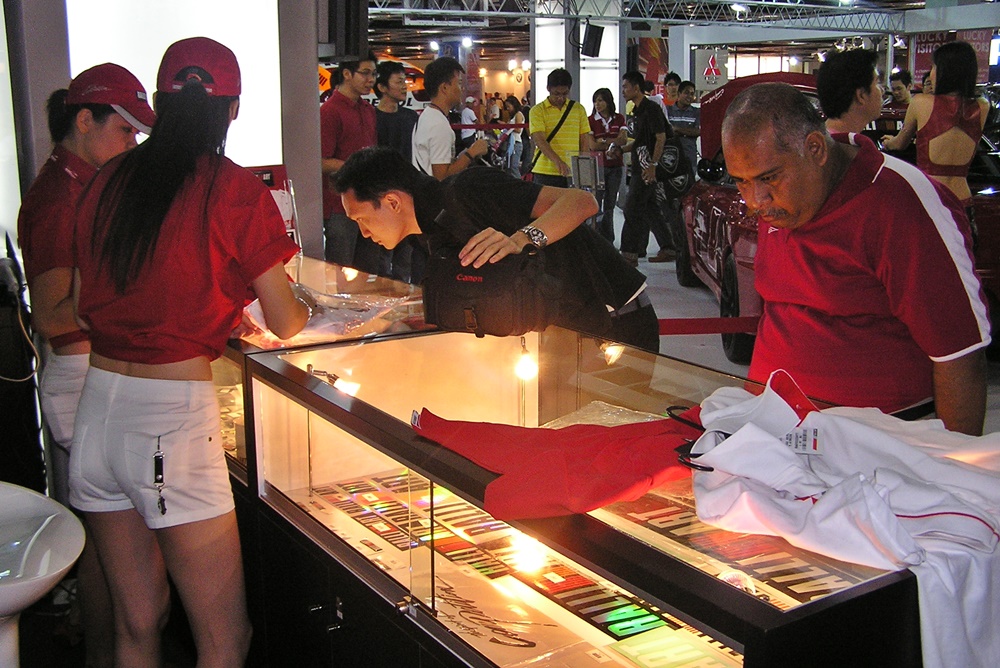
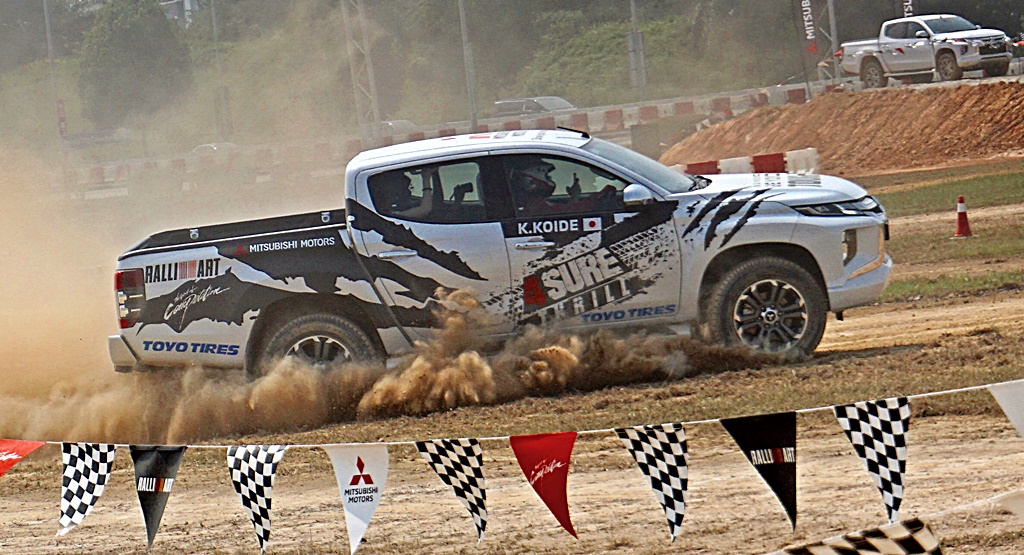
The revival of Ralliart may provide MMC with an opportunity to retain a sporty side although it has plans to get more seriously into electrification. It could provide expertise for performance variants (although the Mitsubishi range is rather thin now), even with electric vehicles. In fact, the company entered specialized electric vehicles in the Pikes Peak International Hillclimb in 2012, 2013 and 2014 and was placed among the top finishers in class.
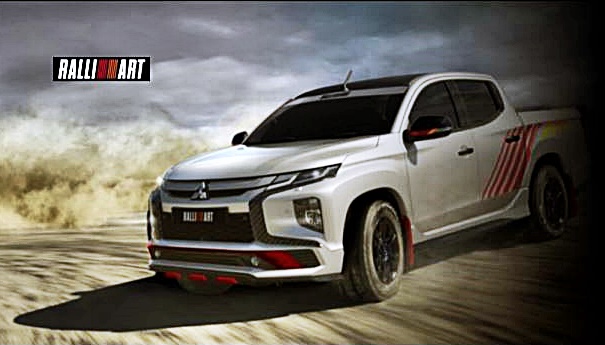
Visit www.mitsubishi-motors.com.my to know more about Mitsubishi vehicles and services in Malaysia, and the locations of authorised dealerships.




